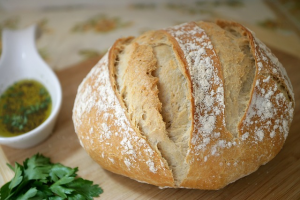
On this blog site, seleniumfacts.com, we focus on the health and nutritional benefits of selenium supplementation. We look at the following types of studies:
- human studies more so than lab studies or animal studies
- intervention studies more so than observational studies
- randomized controlled studies whenever possible
Cancer and Selenium as a single intervention agent
The best studies of selenium as a single intervention to prevent or treat cancer show significant results in regions with low selenium intakes and/or high cancer risk.
Professor Clark’s NPC study
The big breakthrough came when Professor Larry Clark published the results of the Nutritional Prevention of Cancer (NPC) study in the prestigious journal JAMA: The Journal of the American Medical Association.
The NPC study was a multi-center randomized, double-blind, placebo-controlled study carried out in a selenium-poor region of the southeastern United States. The study participants who took 200 micrograms of a high selenium yeast preparation over an average 4.5-year period showed significant health benefits (as compared to placebo):
